eflyguy
Well-known member
Amazing ribs says no water bowl. I did not notice a difference when I stopped using one.
As to the Maverick gadget, I like that it doesn't have actual temps on the gauge. You would/should still use a probe, and adjust the gadget to maintain the target temperature - numbers on the dial mean nothing. So, I think it would work on any type of smoker where closing the exhaust would cut down the airflow.
I have a pit controller and use it almost every time. The automation is great but not foolproof, so most important to me is I can keep an eye on it and adjust things remotely - even if I am not home. I have smoked a couple of times while out on the bike for the day, and many more times just out running errands. The app can notify you if certain limits are exceeded. I just wish you could adjust the top vent as well - which brings me back to the Maverick - I may buy one to see how that would work in conjunction with my pit controller. Having the ability to totally kill airflow when temps shoot up, or open up wide if temps fall too low, would be awesome!
Speaking of top vent, once my kamado is up to temp, it only needs to cracked a fraction for the remainder of the cook. When the fan kicks on, smoke pours out the top, but when it's off, it just puffs out slowly.
As to the Maverick gadget, I like that it doesn't have actual temps on the gauge. You would/should still use a probe, and adjust the gadget to maintain the target temperature - numbers on the dial mean nothing. So, I think it would work on any type of smoker where closing the exhaust would cut down the airflow.
I have a pit controller and use it almost every time. The automation is great but not foolproof, so most important to me is I can keep an eye on it and adjust things remotely - even if I am not home. I have smoked a couple of times while out on the bike for the day, and many more times just out running errands. The app can notify you if certain limits are exceeded. I just wish you could adjust the top vent as well - which brings me back to the Maverick - I may buy one to see how that would work in conjunction with my pit controller. Having the ability to totally kill airflow when temps shoot up, or open up wide if temps fall too low, would be awesome!
Speaking of top vent, once my kamado is up to temp, it only needs to cracked a fraction for the remainder of the cook. When the fan kicks on, smoke pours out the top, but when it's off, it just puffs out slowly.




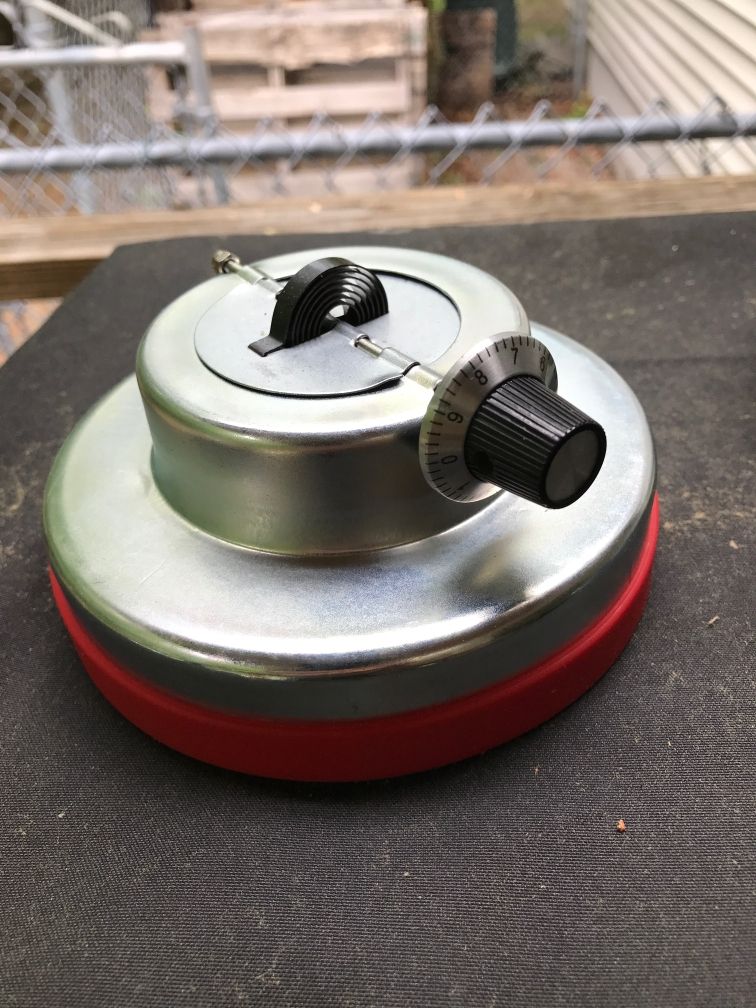
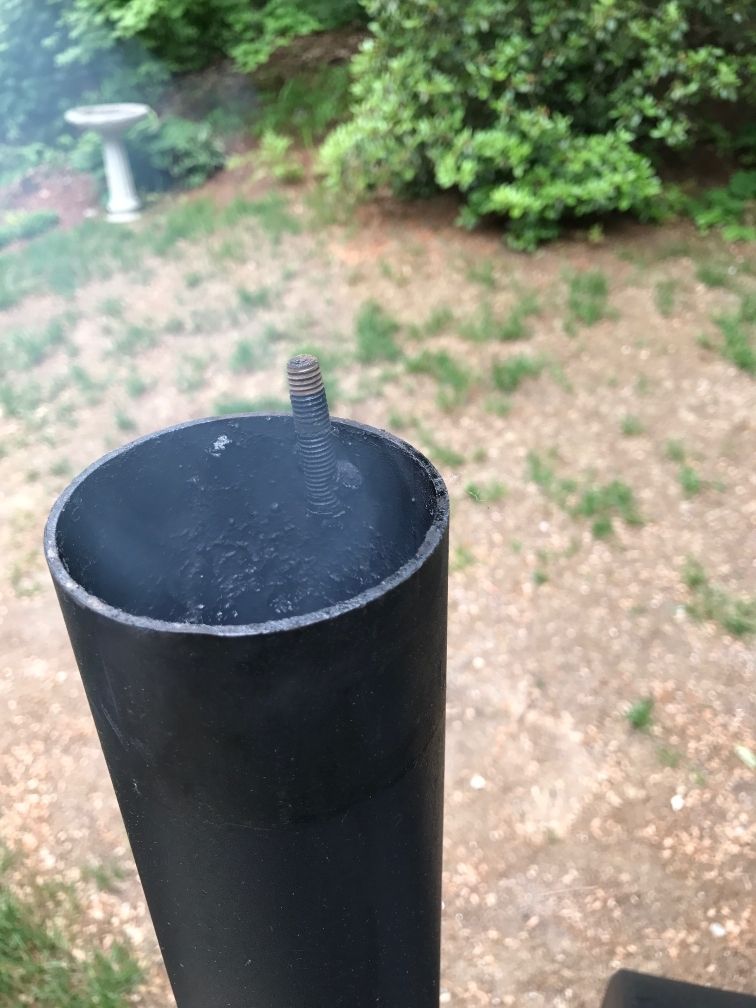
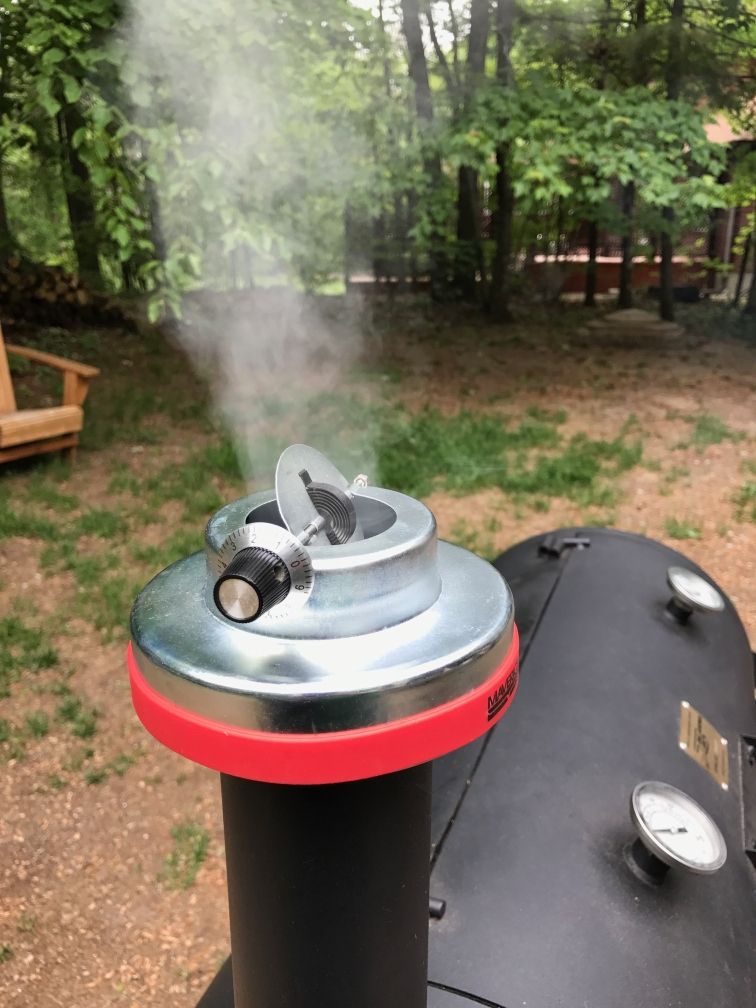
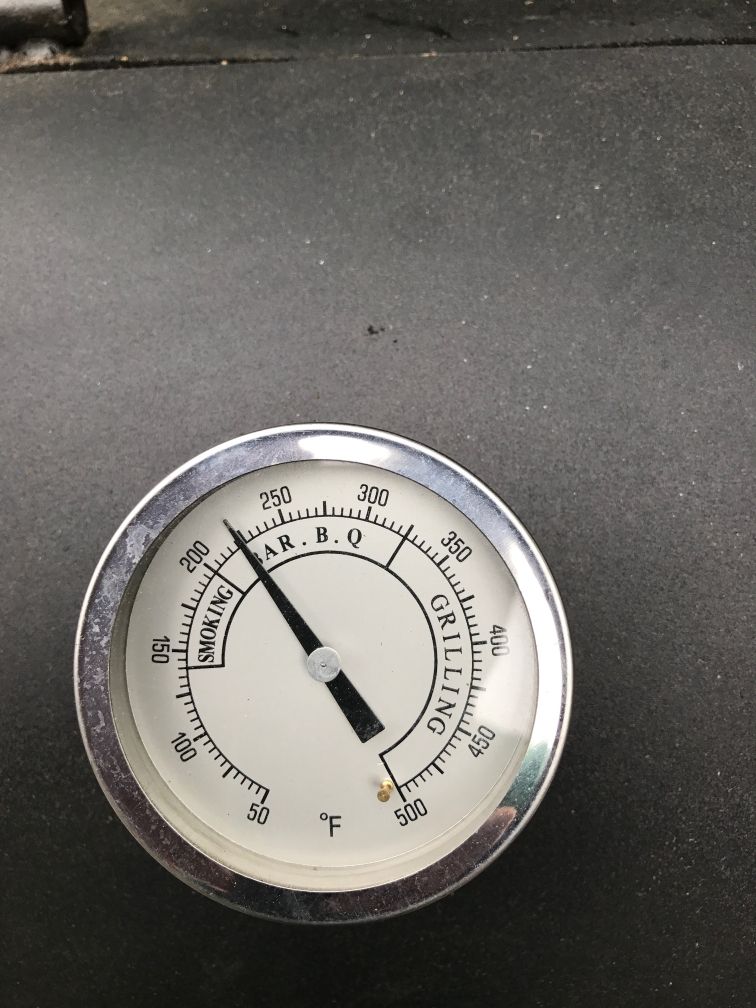
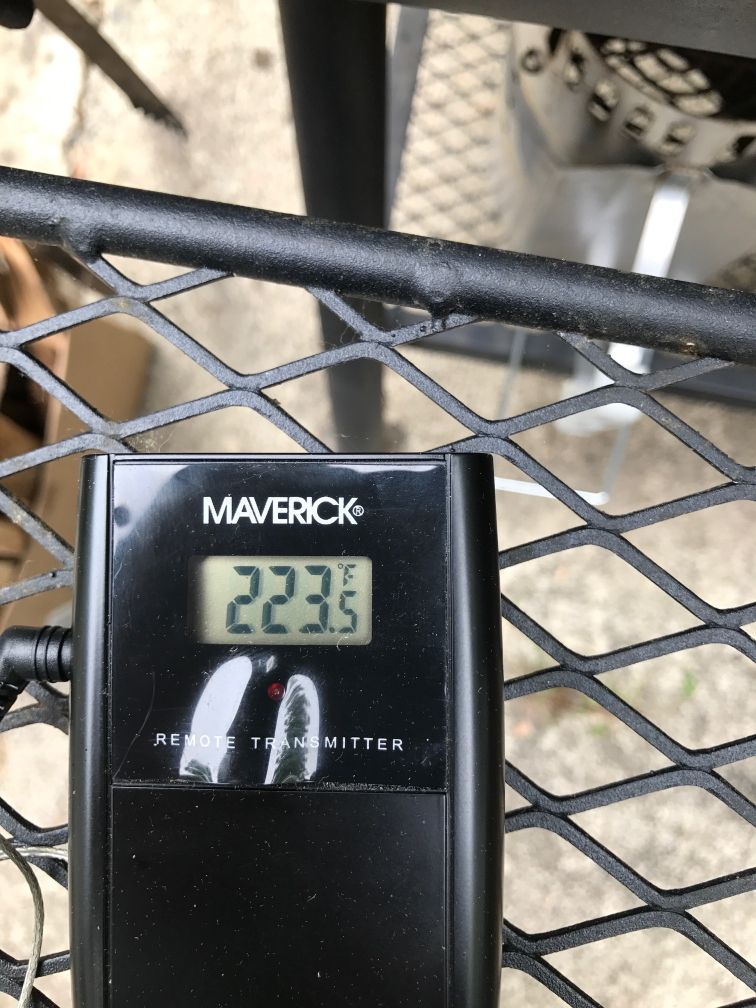
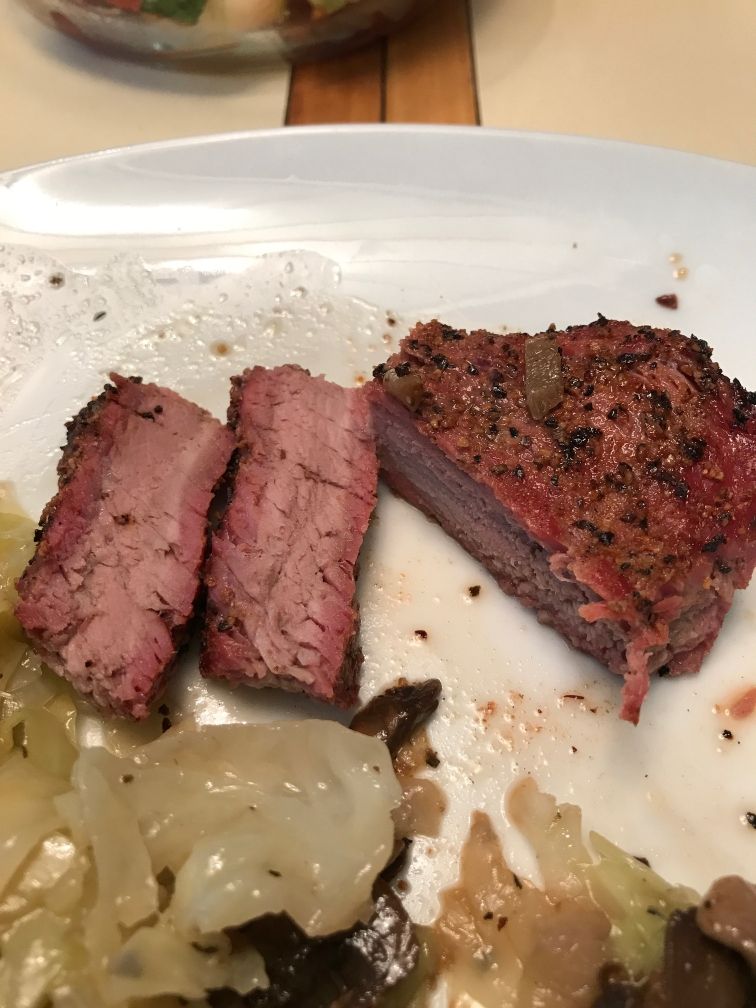













![Decrum Motorcycle Jacket Men - Mens Leather Jacket | [1100065] Austin Brown, XL](https://m.media-amazon.com/images/I/41HqZSRj6LL._SL500_.jpg)



































